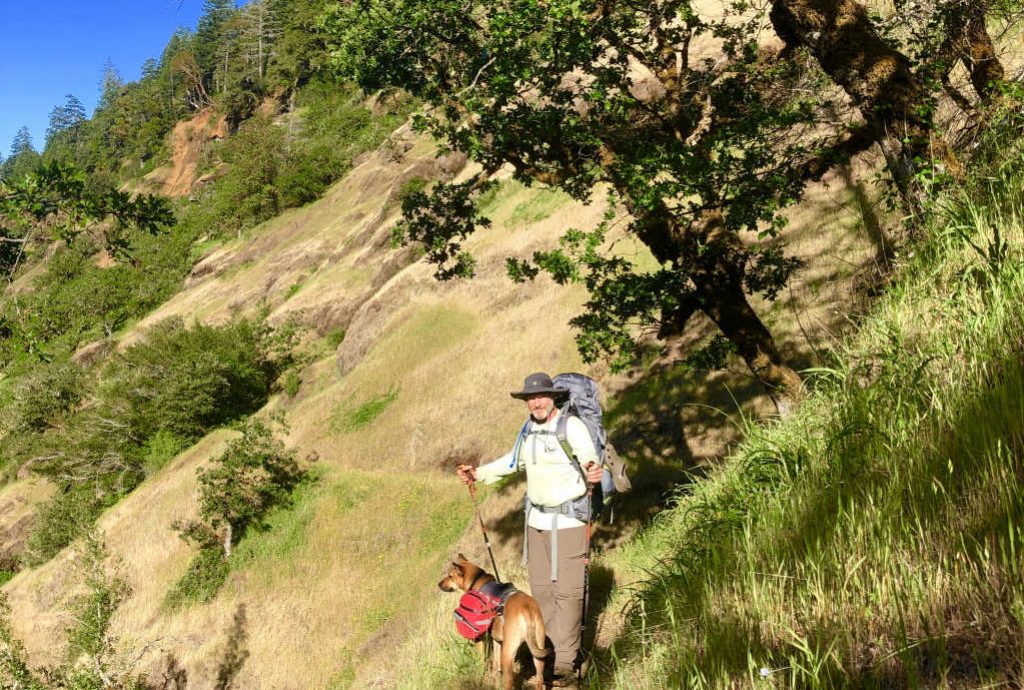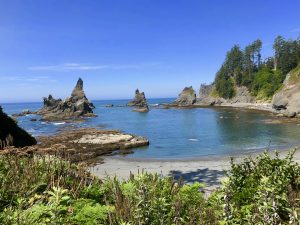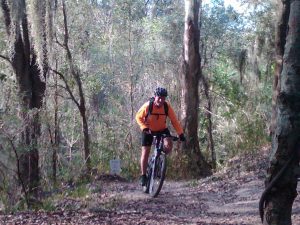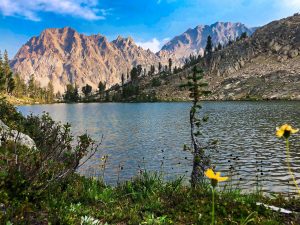
A discussion of the equipment and apparel Chris & Mac use for backpacking and links to manufacturers and retailers offering the gear.

Chris & Mac
We outventure to help you outventure!
Support Grey Otter Outventures!
Please help us continue to bring you great content:
The gear used for backpacking is an important component to having a pleasurable and safe hike. As with most things, people have differing opinions as to what is the “best” gear. Often times, “best” is the result of trade-offs between function, look, and, of course, price. That said, there are stand-outs in the equipment and apparel world.
When Mac and I select the gear we use, we generally try to find equipment and apparel that is most suited for the activity we are doing, in this case backpacking. We provide you with this listing here because we believe you can benefit from the gear decisions we have made.
Of course, new gear comes to market all the time, so we change gear as improvements are made by the industry. The following is a listing of the gear we currently use when backpacking.
Please Note: Grey Otter Outventures, Inc. is an affiliate of some of the brands mentioned in this section and may receive a small commission from purchases made from these brands at no extra cost to you.
Backpacks: We are big fans of Osprey backpacks. They are well constructed and can hold up to years of hiking abuse. For most backpacking trips (up to 5 nights) Chris uses the Osprey Atmos AG 50L Backpack (men) and Mac the uses Osprey Aura AG 50L Backpack (women). We both love these packs. They are light weight, while still providing excellent support, and the harness system makes them feel light on the back even when full. For extended trips, Chris uses the Xenith 75 and Mac uses the Xena 85. Due to their size and carrying capacity, they do weigh a couple of pounds more than our smaller backpacks, but when we need serious capacity for long trips, they provide ample room and carry quite well. Lastly, for trips when we need to carry a heavier load but don’t need the space of our Xenith and Xena workhorses, we recently added the Osprey EJA 58 for Mac and the Osprey EXOS 58 for Chris to our pack options. These packs are a couple of pounds lighter than our Atmos AG 50 and Aura AG 50 packs, but have similar carrying capacity.
SAFETY DISCLAIMER: The activities discussed in this website are outdoor activities and, as such, have inherent risks to which participants are exposed. It is not the intent of this website, nor is it possible due to the variability of weather, terrain, equipment, and experience, to detail all of those risks. The information contained in this site is informational, but not instructive nor exhaustive. It is the sole responsibility of the user to ensure he/she is in good health, fully prepared, and fully informed as to dangers before undertaking any of the activities discussed in this website and the user does so at his/her own risk. The user understands that by using this website he/she acknowledges and accepts all risks associated with use of information from this website and participation in any particular activity addressed herein. Please see “Terms of Use” for additional information.
Want to share this article with your friends? Click on the share button below:
Want more?
Get the latest outventure updates by following us on social media . . .


